A Guide to the Best ‘Late Snow’ Ski Resorts
If you’re planning a ski holiday later in the season (i.e. March-May,) you must book your resort carefully, to avoid being disappointed by a distinct lack of snow. The key things to consider are; altitude, northerly latitude and reputation for snow (both real and manmade).
To help get your research started, we’ve listed our top 10 ski resorts for ‘late snow’.
Argentière (Chamonix), France
Renowned for its world-class off piste, extreme sports opportunities and atmospheric town, Chamonix is a great European option for late winter sports, because the snow in the north-facing parts of the Grands Montets area stays in great condition until spring.
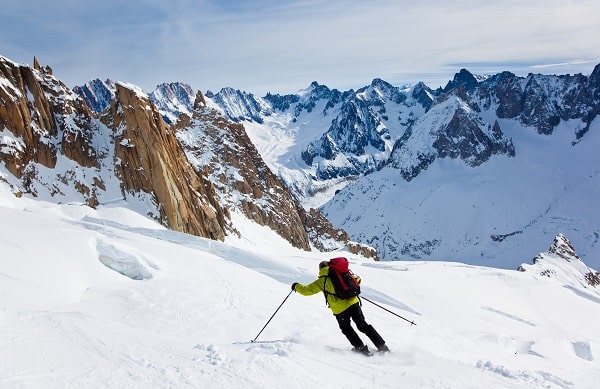
Ischgl, Austria
With most slopes north-west facing and above 1,800m, Ischgl is a great option for spring snow. They also boast lively après ski events (the opening and close parties are not to be missed), a glitzy urban village and wide, well-groomed slopes.
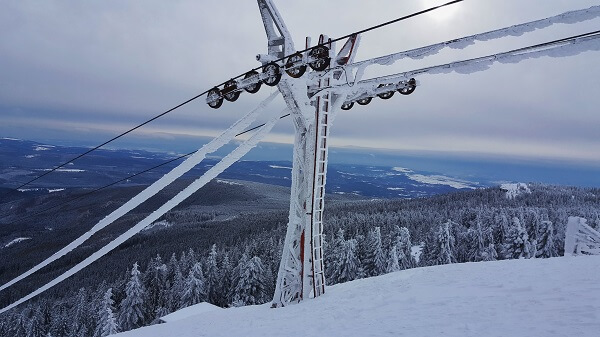
Livigno, Italy
Most of Livigno’s slopes are above 2,000m, and this altitude mixed with extensive snowmaking creates a season which lasts from November to May. Prices are relatively low by European resort standards, and the slopes are suitable for intermediaries.
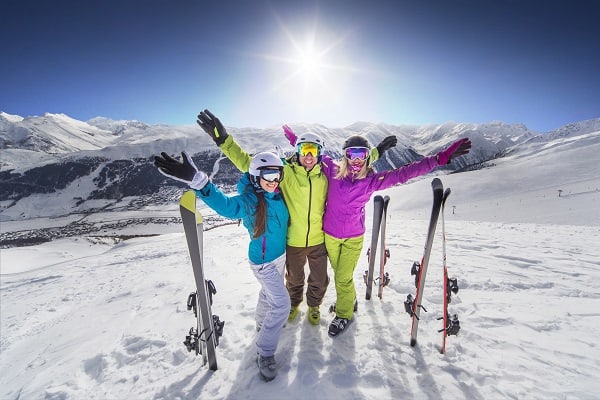
Mammoth, US
With world class terrain parks and a season which lasts until June, Mammoth is well worth the long haul flight. The terrains on offer include challenging above-the-tree-line couloirs, steep wooded inclines and plenty of beginner/groomed slopes.
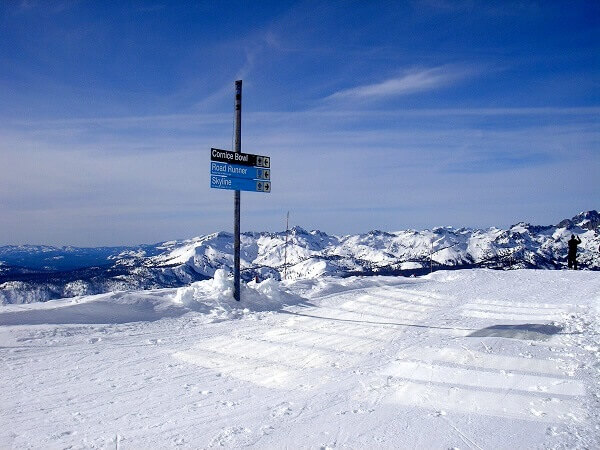
Obergurgl, Austria
Winner of the highest slopes in Austria (3,082m), Obergurgl’s pretty village, broad slopes and guarantee of snow, makes it the perfect late season destination. (Plus, the neighbouring Hochgurgl village is higher still.)
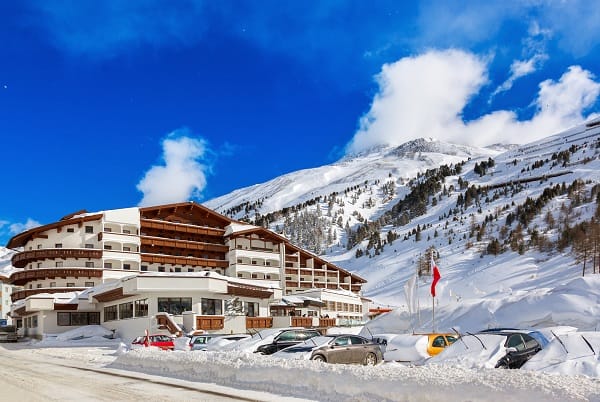
Sölden, Austria
With some of the highest slopes in Austria (most above 2,000m,) and vast snowmaking (covering two thirds of their pistes), you’re pretty much guaranteed snow until May in Sölden. If you’re not yet a seasoned pro then head to the glaciers for blue slopes, more adventurous intermediaries can head to the main red slopes.
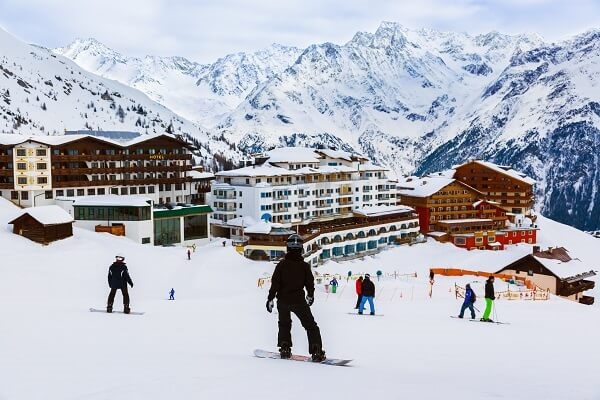
Val d’Isère/Tignes, France
Val d’Isere offers north-facing slopes, and Tignes offers high altitude skiing (up to 3,400m), allowing them to remain open 9 months out of 12 each year – so you’re pretty much guaranteed snow. It’s no wonder that so many people (from families to freeriders) flock there every year.
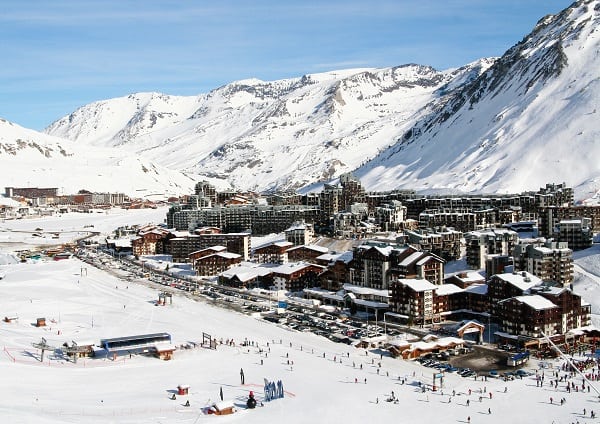
Val Thorens, France
Europe’s highest resort, Val Thorens in France has slopes reaching 3,230m, so you’re guaranteed good snow coverage and a long season – up to early/mid-May. With a piste running through the resort, lots of events and ski in/ski out convenience, Val Thorens is a great option.
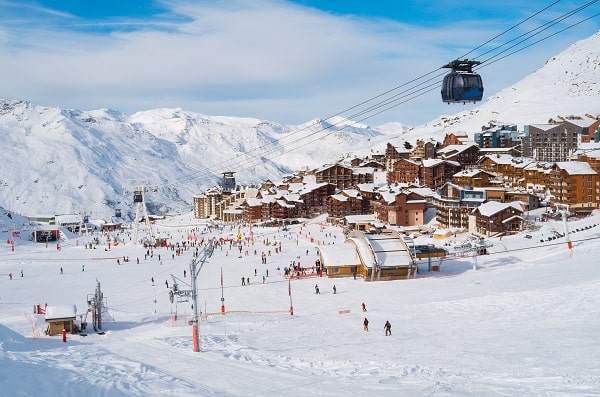
Verbier, Switzerland
Despite having south-facing slopes, Verbier uses extensive snowmaking installations to ensure the powder remains topped up on the lower slopes. If you prefer natural snow, you should still find good coverage on the upper slopes of the Mount Fort Glacier.

Zermatt, Switzerland
Zermatt is open 365 days a year, thanks to its northerly latitude and heavy investment in snowmaking facilities for the summer months. It also boasts Europe’s largest glacier ski area and the continent’s highest ski lifts.
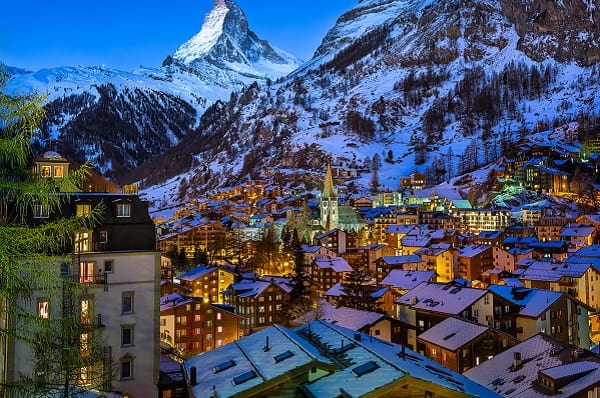
If you’re planning a late season winter sports trip, just remember to invest in specialist winter sports travel insurance to protect yourself, your trip and your equipment against any unexpected holiday disasters. Ask us for more information and a free quotation.
Related content:
A guide to staying safe on the slopes
The best budget ski destinations in Europe
Planning a winter sports holiday











